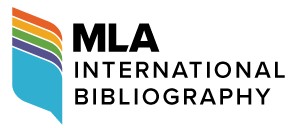Abstract
Ancient Chinese novel commentaries exhibit three critical dimensions. The first dimension is academic criticism, which began during the Wei and Jin dynasties. Commentators determined the meanings of words and texts through exegetical interpretations. They also evaluated the authenticity of events and supplemented historical materials through textual research and annotations. Additionally, they expressed their opinions through lunzan (appraising remarks) and marginal notes. The second dimension is literary criticism, which focuses on literary appreciation. This type of criticism emerged with the criticism of classical Chinese novel during the Song and Yuan dynasties, and culminated in Jin Shengtan's annotated edition of A Book of the Fifth Talented Scholar. The third dimension involves the use of popular commentaries, through which critics transformed the style of novels to make them more accessible to a wider readership. These three dimensions developed over time and coexisted for extended periods, collectively shaping the history of ancient Chinese novel commentaries.
Keywords
novel annotation, novel criticism, Chinese novel commentaries, history of Chinese novel commentaries
First Page
87
Last Page
95
Recommended Citation
Mao, Jie. 2025. "A Study of the Critical Dimensions of Ancient Chinese Novel Commentaries." Theoretical Studies in Literature and Art 45, (4): pp.87-95. https://tsla.researchcommons.org/journal/vol45/iss4/9


